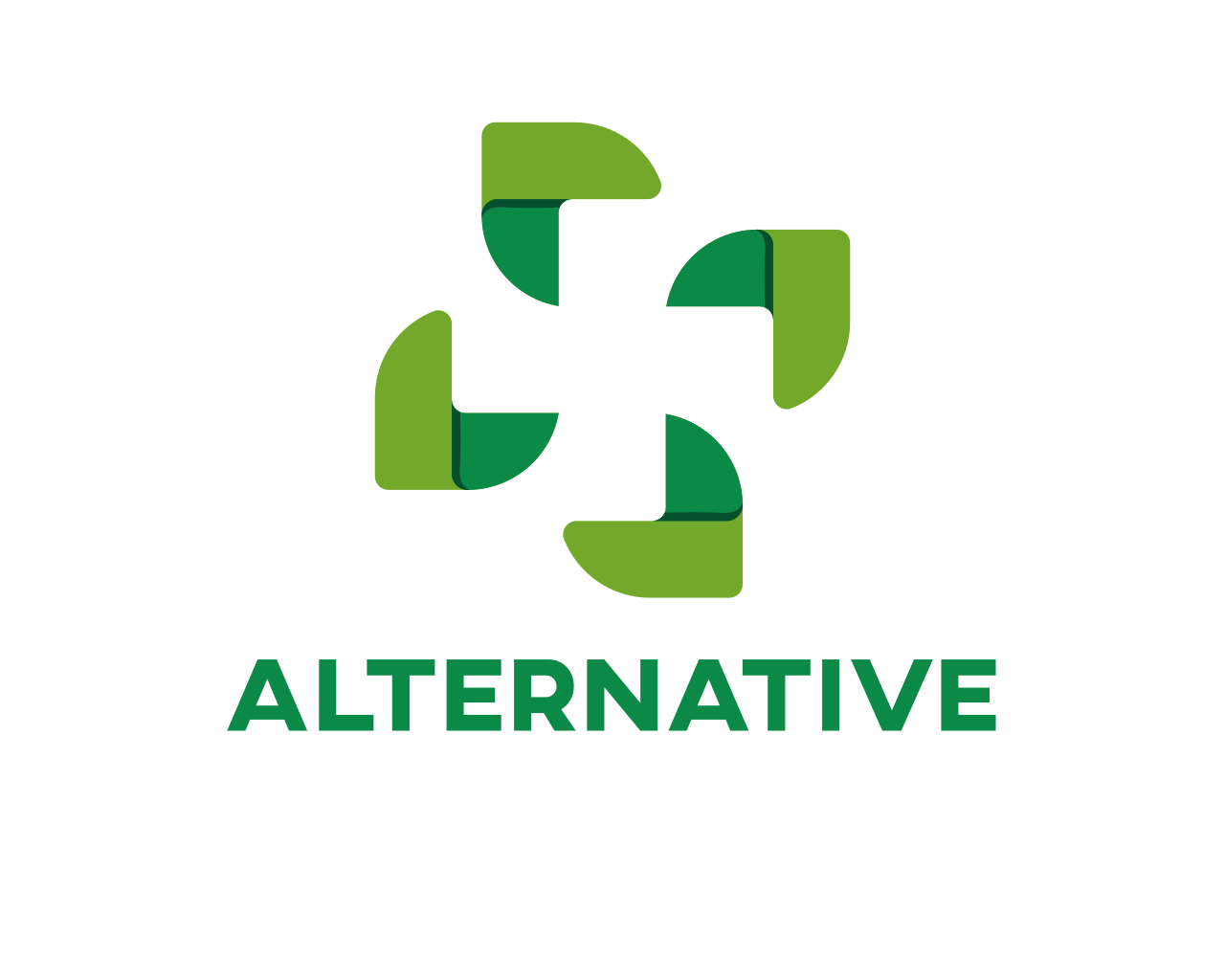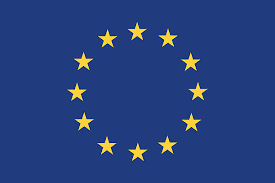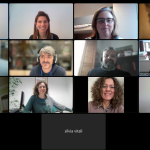Webinar on “Evaluation of Chemical-Induced Cardiotoxity: Challanges and Progress”
On February 23rd 2023, ALTERNATIVE WP2 partners Sciensano and MUI organized a webinar on “Evaluation of chemical-induced cardiotoxicity: challenges and progress”. The objectives of this webinar were to raise awareness about the cardiotoxicity induced by environmental chemicals and to highlight the challenges/knowledge gaps in assessing cardiotoxicity for regulatory purposes. Additionally, non-animal-based methods being developed in H2020 European project ALTERNATIVE and their collective regulatory acceptance in light of current difficulties were presented.
The webinar took of with the introduction of the first speaker Dr. Nunzia Linzalone, researcher at the Institute of Clinical Physiology of the National Research Council (CNR-IFC) of Pisa, Italy. She presented the evidence of associations between chemical exposures (particularly particulate matter and heavy metals) and HF parameters. The highlight was the need for regulatory requirements and additional research to evaluate cardiotoxicity from an epidemiological viewpoint, the first-ever systematic review and meta analyses carried out by her group. This was followed with the next presentation by Dr. Alexandra Schaffert, Postdoc, Medical University of Innsbruck, Austria. In her talk, emphasis was on the shortcomings, the current regulatory guidelines for evaluating the cardiotoxicity of chemicals have and how the EU Horizon 2020 Project ALTERNATIVE proposes to enable enhanced regulatory assessment of cardiotoxicity by (1) identifying current regulatory limitations, (2) collecting and integrating multiple lines of evidence for heart failure caused by environmental chemicals using the Adverse Outcome Pathway (AOP) framework, (3) evaluating the weight of evidence according to OECD guidance, (4) identifying suitable non-animal methods and Biomarkers of Effect (BoEs) to assess key events of the AOP, (5) drafting of an Integrated Approach to Testing and Assessment (IATA). Eng. Edoardo Luca Viganò, PhD researcher, Mario Negri Institute for Pharmacological Research, Italy was the next presenter and he introduced existing cardiotoxicity models. In his presentation, he also showed how to create QSAR models for predicting the cardiotoxicity by chemicals using contemporary computational tools like machine learning in accordance with the AOP framework with the assessment of the Machine Learning models. Dr. Sivakumar Murugadoss, postdoc at Sciensano in Belgium, who was also the moderator concluded the webinar presenting how various regulatory elements will be delivered to accomplish the ALTERNATIVE’s ultimate goal of developing an innovative platform to detect the cardiotoxicity of chemicals.
Recording of the webinar is available here
Keywords:
cardiotoxicity, cardiovascular diseases (CVDs), adverse outcome pathway (AOP), integrated assessment and testing approach (IATA), quantitative structure activity relationship (QSAR)





